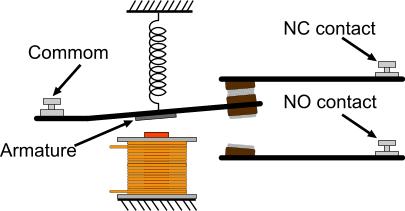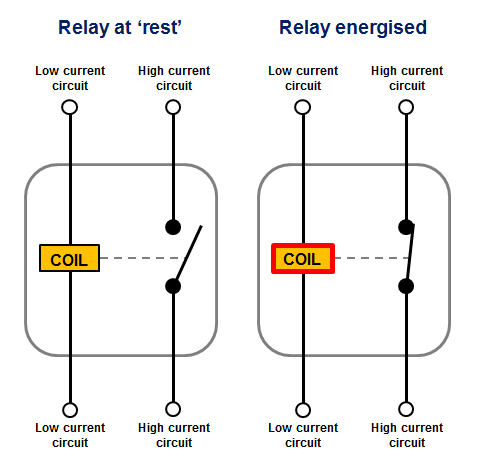Marco Nunzio
Member
- Location
- Canada
- Occupation
- HVAC Tech
Hello everyone, the following wiring diagram is from a Goodman Rooftop Packaged Unit. I have 3 of these units on 1 roof and there have been a lot of previous technicians before "band-aiding" the unit and I am trying to restore it to simple factory working condition as best as I can.
I am fairly comfortable with wiring diagrams as I should be - being a service tech. But I've always had trouble with relays and understanding the NO and NC, and how they should switch. I am hoping I can find some help on this forum understanding how the blower relays should work (BR1 & BR2), and what should happen when Y1(first stage cooling)(24V across Y1 & C) is engergized, and then what should happen and how they should work when Y1 and Y2(2nd stage cooling)(24V across Y1 & C as well as 24V across Y2 & C) are energized. Hvac forum sucks and won't let you post images until you are 7 posts in, I am fairly new to forums so I'm 7 posts behind on that site. Hoping I can find some help here. Felt like this category was best fit for this thread. There is always 24V on the R terminal.
Goodman M#CPG1202107VASXAA S#1304180838
Please specify if you need any more info from me, I will do the best I can to provide it.
LEGEND
BR1-Blower Relay 1
BR2-Blower Relay 2
BC1-Blower Contactor 1
BC2-Blower Contactor 2
I am fairly comfortable with wiring diagrams as I should be - being a service tech. But I've always had trouble with relays and understanding the NO and NC, and how they should switch. I am hoping I can find some help on this forum understanding how the blower relays should work (BR1 & BR2), and what should happen when Y1(first stage cooling)(24V across Y1 & C) is engergized, and then what should happen and how they should work when Y1 and Y2(2nd stage cooling)(24V across Y1 & C as well as 24V across Y2 & C) are energized. Hvac forum sucks and won't let you post images until you are 7 posts in, I am fairly new to forums so I'm 7 posts behind on that site. Hoping I can find some help here. Felt like this category was best fit for this thread. There is always 24V on the R terminal.
Goodman M#CPG1202107VASXAA S#1304180838
Please specify if you need any more info from me, I will do the best I can to provide it.
LEGEND
BR1-Blower Relay 1
BR2-Blower Relay 2
BC1-Blower Contactor 1
BC2-Blower Contactor 2








